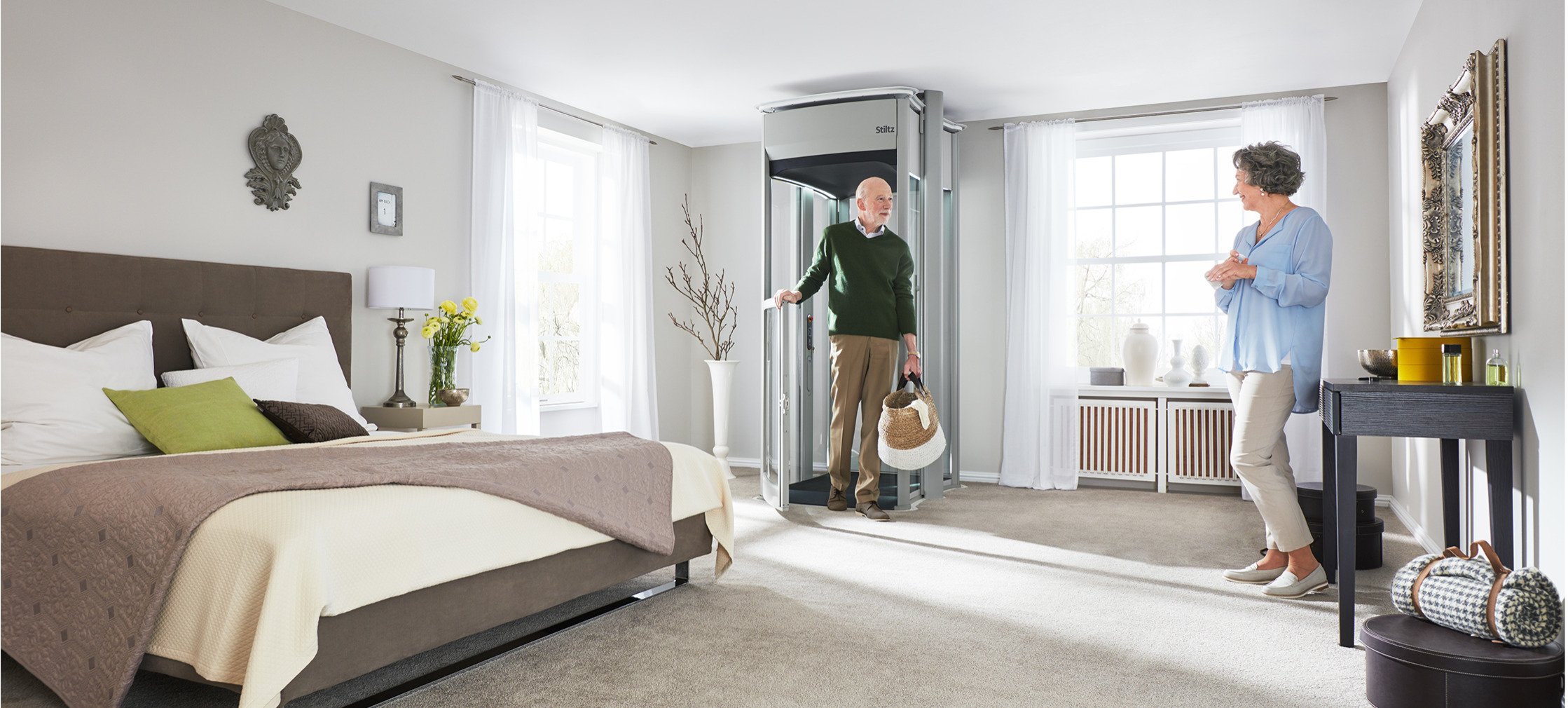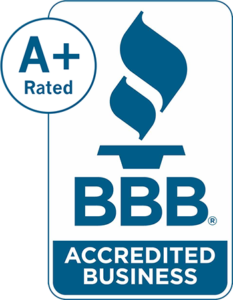1. Emergency Stop and Alarm Buttons
One of the most critical safety features in any elevator is the emergency stop and alarm system. In case of malfunction or an emergency, the emergency stop button allows users to halt the elevator immediately. The alarm button alerts people nearby or building management that assistance is needed.
Why It’s Important:
- Immediate access to these features can prevent accidents or mitigate injuries during an unexpected situation.
- The alarm button helps you quickly get help if the elevator becomes stuck between floors.
What to Look For:
- Make sure the elevator has easy-to-reach emergency stop and alarm buttons.
- The alarm should be loud enough to notify others, even if you’re alone in the home.
2. Door Interlocks and Sensors
Door interlocks and sensors are vital for ensuring that the elevator doors do not open unless the car is securely at a landing. Modern elevators are equipped with door sensors that detect obstructions, preventing the doors from closing on someone or something.
Why It’s Important:
- Prevents users from stepping out when the elevator is not level with the floor, reducing the risk of falls.
- The door sensors add an extra layer of safety, especially for children, pets, or elderly users.
What to Look For:
- Check if the elevator has automatic door sensors that detect movement or obstructions before closing.
- Ensure the elevator has proper door interlocks that prevent the doors from opening mid-transit.
3. Backup Power System
Power outages are a common concern, especially during storms or unforeseen electrical failures. A backup power system ensures that your elevator continues operating safely or allows you to exit the elevator if the main power fails.
Why It’s Important:
- Keeps the elevator operational long enough to reach the nearest floor and allows users to exit safely.
- Prevents being trapped inside the elevator during a power outage.
What to Look For:
- Elevators with battery backup systems or generator compatibility to ensure smooth operation during outages.
- Make sure the system provides enough power for the elevator to reach the next floor and open the doors.
4. Safety Brakes and Speed Governors
Elevator safety brakes and speed governors work together to prevent the elevator from moving too quickly or descending uncontrollably. The speed governor detects when the elevator is moving faster than its maximum limit, while the safety brake system activates to stop the car.
Why It’s Important:
- Prevents accidents caused by sudden drops or uncontrolled movement, providing a controlled and smooth ride.
- Essential for protecting users from equipment malfunctions that could cause rapid elevator descent.
What to Look For:
- Ensure the elevator has an advanced speed governor and a fail-safe braking system that automatically engages in emergencies.
- Ask the manufacturer for details about how the braking system and governor are maintained and tested.
5. Smooth Start and Stop Mechanism
A smooth start and stop mechanism ensures that the elevator doesn’t jolt or come to an abrupt stop when moving between floors. This feature enhances comfort but, more importantly, prevents falls or injuries from sudden movements.
Why It’s Important:
- Reduces the risk of passengers losing their balance during abrupt stops or starts.
- Particularly useful for elderly passengers or those with mobility issues.
What to Look For:
- Elevators equipped with soft start/stop technology that gradually accelerates and decelerates the car.
- Request a demonstration of the elevator to assess how smoothly it moves.
6. Phone or Communication System
Being trapped in an elevator, even briefly, can be unnerving. A communication system, typically in the form of an in-car phone, allows users to contact emergency services or maintenance personnel in case of a breakdown.
Why It’s Important:
- Provides a direct line of communication in case the elevator malfunctions, helping you stay in contact with help.
- Increases safety and peace of mind, especially for homes where the elevator is frequently used by elderly individuals or people with disabilities.
What to Look For:
- Ensure the elevator has an operational phone or intercom system connected to emergency services or a designated contact.
- Test the system regularly to ensure it functions properly.
7. Cab Lighting and Ventilation
Proper lighting and ventilation are essential for making sure that the elevator cabin is comfortable and functional. If the lights go out, it can create a sense of panic, especially if the elevator is stuck.
Why It’s Important:
- Ensures visibility inside the cabin during use, preventing trips or falls.
- Proper ventilation is critical in case of extended periods inside the elevator, particularly during a malfunction or power outage.
What to Look For:
- Make sure the elevator has adequate lighting, with emergency lights that turn on if the power goes out.
- Check for proper ventilation systems that keep air circulating inside the elevator cabin.
8. Automatic Leveling System
An automatic leveling system ensures that the elevator car is perfectly aligned with the floor when the doors open. This feature is crucial for preventing tripping hazards, particularly for people with mobility issues.
Why It’s Important:
- Reduces the risk of tripping or falling when entering or exiting the elevator.
- Especially useful for individuals using wheelchairs, walkers, or other mobility aids.
What to Look For:
- Confirm that the elevator includes an automatic leveling feature that ensures smooth transitions between floors.
- Check for compliance with ADA (Americans with Disabilities Act) standards, especially if the elevator will be used by people with disabilities.
Investing in a residential elevator can enhance accessibility, convenience, and even the value of your home. However, ensuring the safety of the elevator is paramount. By looking for critical safety features such as emergency stop buttons, door sensors, backup power systems, and safety brakes, you can enjoy the benefits of a residential elevator with peace of mind. Always consult with a reputable elevator company to ensure that your elevator meets all safety regulations and includes the necessary features to keep you and your family secure.
A residential elevator upgrades your standard of living and provides mobility, giving everyone access to all levels of your home. Exclusive Elevator can help you find the one that’s right for your needs. Contact us.






Leave A Comment